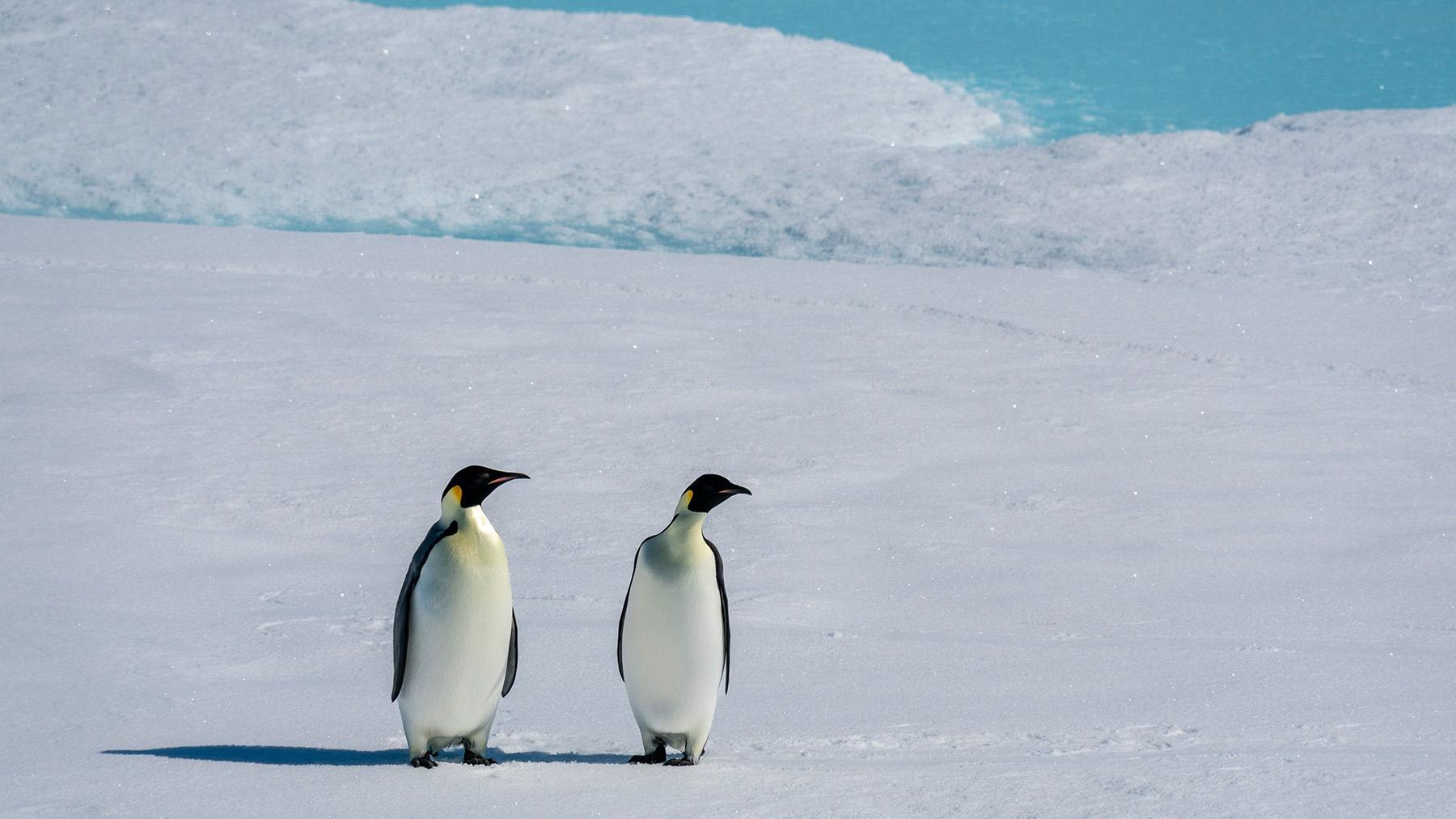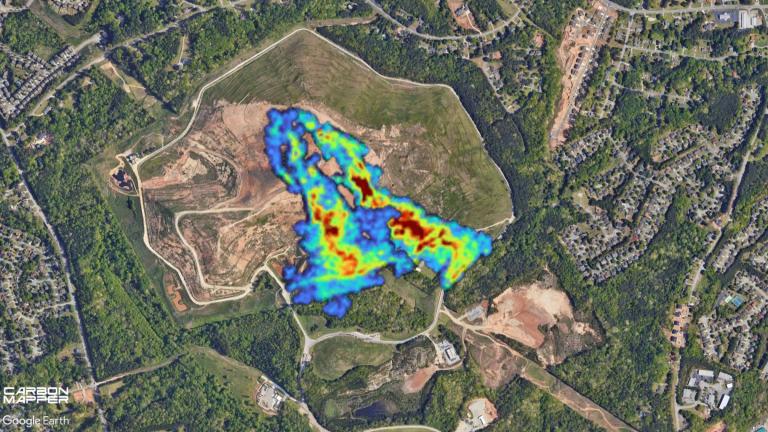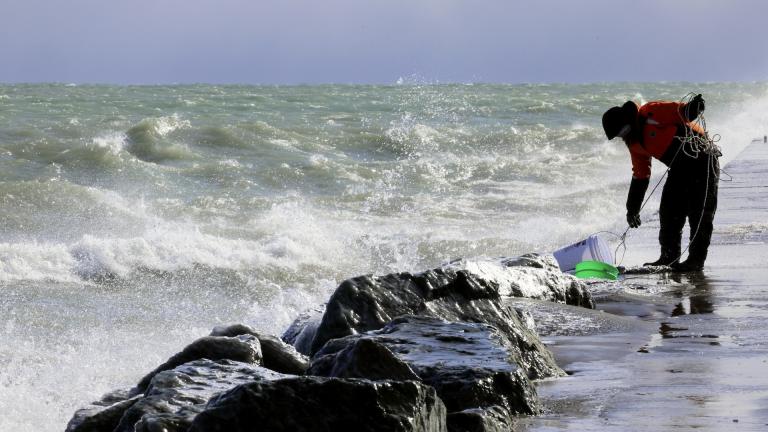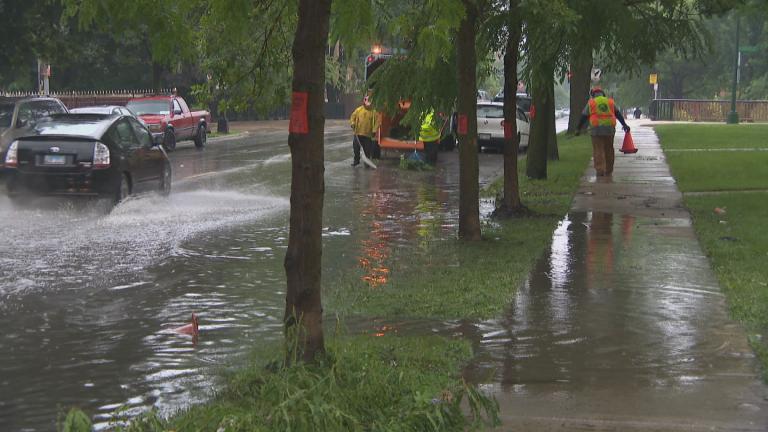
(CNN) — As rapidly warming global temperatures help push Antarctica’s sea ice to unprecedented lows, it’s threatening the very existence of one of the continent’s most iconic species: emperor penguins.
Four out of five emperor penguin colonies analyzed in the Bellingshausen Sea, west of the Antarctic Peninsula, saw no chicks survive last year as the area experienced an enormous loss of sea ice, according to a new study published Thursday in the journal Nature Communications Earth & Environment.
This widespread “catastrophic breeding failure” is the first such recorded incident, according to the report, and supports grim predictions that more than 90% of emperor penguin colonies will be “quasi-extinct” by 2100 as the world warms.
The researchers monitored five emperor penguin colonies in the Bellinghausen Sea, ranging in size from roughly 630 pairs to 3,500. Using satellite images from 2018 to 2022, they counted how many of the birds were present at these colonies during breeding season.
They found that in 2022, four of the colonies experienced “total reproductive failure,” meaning it is highly probable that no chicks survived.
Emperor penguins rely on stable sea ice attached to land for nesting and raising their chicks. Eggs are laid from May to June and after they hatch, the chicks develop their waterproof feathers and become independent around December and January.
But in 2022, the sea ice broke up much earlier, with the some parts of the region seeing a total loss by November. Researchers monitoring the satellite images said they were used to seeing black blobs on ice during that time of the year, but suddenly there were none.
When the sea ice breaks earlier, chicks can fall into the water and drown, said Norman Ratcliffe, co-author of the study and seabird biologist with the British Antarctic Survey. “Or they may drift away on floes and the adults just lose them and then they would starve to death,” he told CNN.
The penguins in this region have experienced “a massive loss,” said Ratcliffe, calling the findings “an early alarm bell.” Previously, these sorts of breeding failures “have been very much dispersed and at a lower incidence across the continent,” he said.
For the past few years, scientists have been sounding the alarm about a steep decline in Antarctica’s sea ice.
It fell to unprecedented lows in February, at the height of the continent’s summer. Even in the depths of winter, when the ice usually builds back, it still did not return to anywhere near expected levels. In mid-July, Antarctic sea ice reached the lowest level for this time of year since records began in 1945. It was 2.6 million square kilometers (1 million square miles) below the 1981 to 2010 average – an area as large as Argentina.
Scientists are still trying to untangle the reasons why, but many believe the human-caused climate crisis is a major driver.
For emperor penguins, this downward trend is especially devastating, said Ratcliffe, because “there’s nowhere else for the birds to go.” The birds are known to adapt to breeding failures by relocating to other nearby sites, but that won’t work if the entire breeding habitat is affected.
Between 2018 and 2022, 30% of the 62 known emperor penguin colonies in Antarctica were affected by partial or total sea ice loss, according to the report.
Cassandra Brooks, an assistant professor at the University of Colorado Boulder who has done extensive research on Antarctic species and who was not involved in the research, said that the study provides even more proof that emperor penguins face risks to their survival.
“There is mounting evidence that emperor penguins may actually go extinct directly due to loss of sea ice resulting from our planet’s warming,” she told CNN. “Our window in which to ensure their survival is narrowing.”
A separate study published last year found that 65% of Antarctica’s native species, emperor penguins top among them, will likely disappear by the end of the century if the world fails to rein in planet-warming fossil fuel pollution. In the worst-case scenario, it found emperor penguins could be completely wiped out by 2100.
The disappearance of sea ice won’t just affect the penguins. It puts other species at risk, including seals, which rely on sea ice to feed and rest, as well as the microorganisms and algae that feed the krill which, in turn, are vital to the diets of many of the region’s whales.
Antarctic sea ice also helps regulate the planet’s temperature, reflecting the sun’s incoming energy back to space. When the ice melts, it exposes the darker ocean beneath which absorbs the sun’s energy and contributes to global warming.
“The bottom line is that this is quite concerning both for the physical oceanography and biology of Antarctica and the ecosystems that depend on them,” Ratcliffe said.
The-CNN-Wire™ & © 2023 Cable News Network, Inc., a Warner Bros. Discovery Company. All rights reserved.








